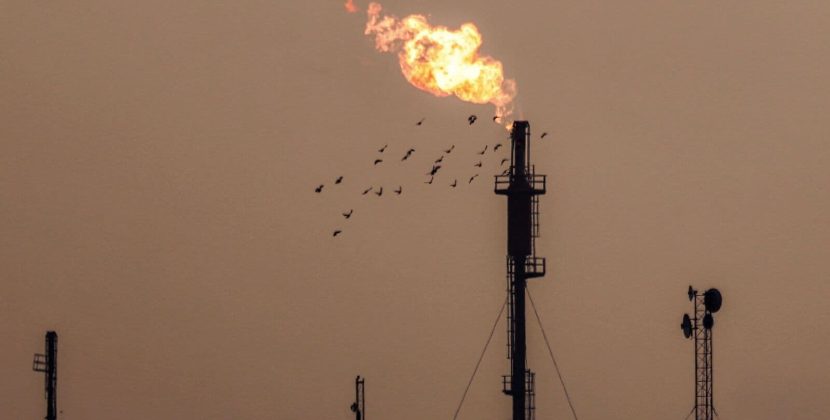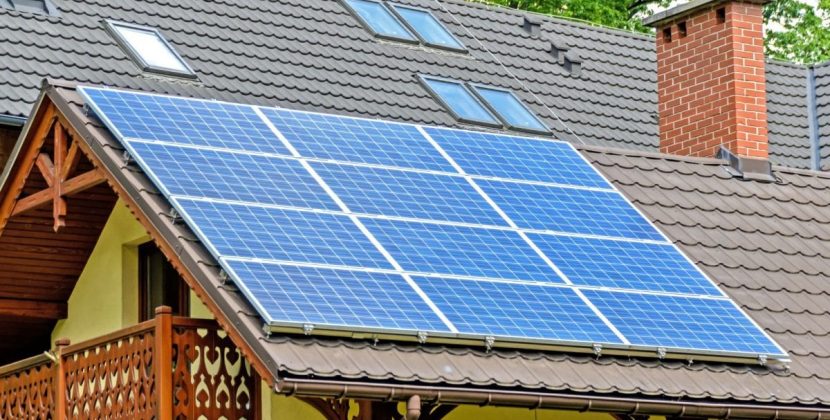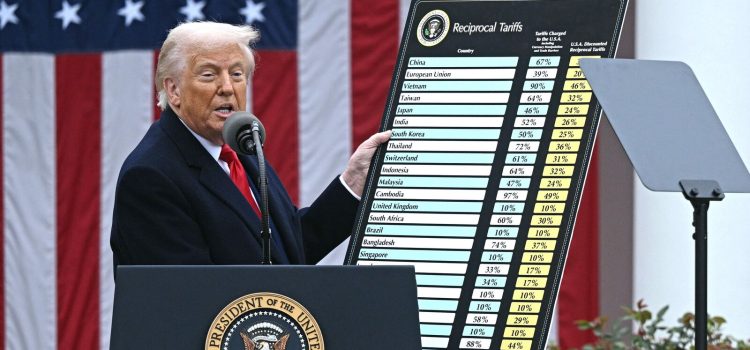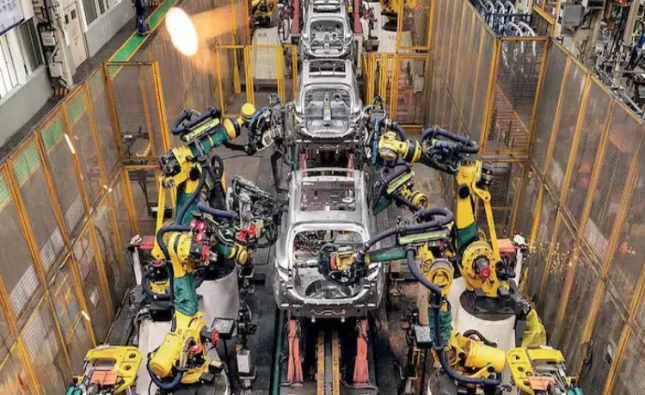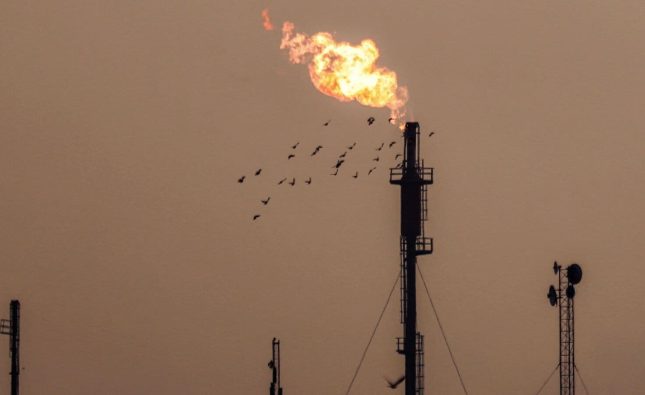
Trump India tariff: Following the selling pressure after the imposition of Trump’s tariffs on India on 31st July 2025, the Indian stock market ended lower on Thursday and Friday sessions. The Nifty 50 index slipped from 24,855 to 24,565 levels, the BSE Sensex went down from 81,481 to 80,599 levels, while the Bank Nifty index corrected from 56,150 to 55,617 levels. The selling was across segments as the small-cap index slipped from 53,881 to 52,575 levels, and the mid-cap index went down from 46,102 to 45,155.
The only good news for the Indian stock market investors is that the Nifty 50 index is sustaining above the crucial 24,500 support, and buying is around 24,600. This has triggered speculation about whether the Indian stock market will be able to show resilience against Trump’s tariffs and witness a trend reversal in the near term.
According to stock market experts, Dalal Street has witnessed selling post-imposition of Trump’s tariff on India, but this selling failed to rattle the market sentiments as the key benchmark indices are sustaining above their crucial supports. They said that selling was expected as Trump’s tariff would hit Indian exports by around $33 billion, but this won’t have much impact on the Indian market sentiments.
Trump’s tariff impact
On how Trump’s tariff on India will impact New Delhi, Vinod Nair, Head of Research at Geojit Investments, said, “The US is India’s largest export destination, contributing around 2.2% to the nation’s GDP in 2024. As such, the 25% tariff is likely to exert pressure on the domestic economy. However, the effect is forecast to be limited based on the scope of the tariff in other EMs, as currently India has a small edge over key competitors like China. However, the tariff on other EMs has been reduced lately, like in Vietnam, Indonesia, and South Korea. It is expected to impact areas like Engineering, Pharma, Energy, Textile and Jewellery sectors more.”
Pointing towards the key takeaways for the Indian economy after Trump’s tariff on India, Prashant Tandon, Executive Director — Global Investments at Waterfield Advisors, said, “We appear to be entering an era of re-globalisation—characterised by strategic integration, regional blocs, and trusted partnerships. Diverging markets illustrate this rebalancing, not disintegration. Investors should anticipate greater dispersion across geographies and sectors. Potential opportunities for supply chain resilience and infrastructure may arise, domestic industrial leaders benefiting from supportive policies, and companies focused regionally or aligned geopolitically.”
“The Indian stock market has shown notable resilience even after former US President Donald Trump announced a 25% tariff proposal on certain Indian exports. Many expected this move to rattle investor sentiment, but the markets remained steady. In my view, there are a few important reasons behind this reaction,” said Gaurav Goel, Founder & Director at Fynocrat Technologies.
iff ooFive reasons why market not overreacting
On why the Indian stock market didn’t overreact to Trump’s tariff on India, Gaurav Goel of Fynocrat Technologies listed out the following five reasons:
1] Trump’s timing: Trump’s tariff announcement came just before the expected August 1 deadline, which gives the impression that it was more of a strategic warning shot than a final decision. The message seems to increase pressure on India to negotiate more favourable trade terms. Trump also clarified that talks with India are ongoing, giving markets hope that this may not result in a full-fledged trade blow.
2] India-US trade deal still on: American delegates are scheduled to visit New Delhi on August 25 for trade discussions. This indicates that there is still room for resolution. Investors believe that both sides will come to the table and work out a deal. Until the outcome is clear, markets are likely to avoid overreacting.
3] DIIs support: Another big reason for resilience is the strong support from domestic institutional investors (DIIs). On July 31 alone, DIIs were net buyers of ₹6,372 crore. Consistent buying cushions against external shocks reflects confidence in the Indian economy’s strength.
4] Discounted Indian markets: It’s important to note that this tariff issue has been stretched for quite some time. Markets typically react sharply to sudden, unexpected news, but in this case, the risk has been lingering for weeks. As a result, investors have already priced in much of the uncertainty. The market’s sensitivity has naturally reduced since it’s no longer a surprise.
5] Growth theme still intact: Explaining the impact of Trump’s tariff on the national economy, Seema Srivastava, Senior Research Analyst at SMC Global Securitieis, said, “In the current economic scenario, Trump’s tariffs are expected to bring down the Indian GDP growth by arouond 30 bps, which can be mitigated with the domestic demand. The 25% tariff imposed by the US administration will have a limited impact on the key sectors like pharmaceuticals, textiles, automobiles, and gems and jewellery.”
“Investors are expected to switch money from companies with exposure in US exports and look at domestic-oriented segments like banks, FMCG, Infrastructure, etc. Investors are expected to switch money from pure auto stocks to EV and auto ancillary stocks. So, we expect limited impact of Trump’s tariffs on the Indian stock market as investors have already discounted the event much ahead of Donald Trump’s announcement,” said Seema Srivastava, who is a professional CA also.
Trump’s tariff on India
Contrary to widespread expectations and dashing New Delhi’s hopes of a relatively better trade deal, US President Donald Trumpannounced a 25 per cent tariff on “friend” India on July 30, to be effective August 1. The 25 per cent tariff excludes a penalty due to India’s energy and defence ties with Russia.
Trump accused India of imposing higher tariffs on US imports and also having the “most strenuous” trade barriers.
“While India is our friend, we have, over the years, done relatively little business with them because their tariffs are far too high, among the highest in the world, and they have the most strenuous and obnoxious non-monetary trade barriers of any country,” Trump said on his social media platform Truth Social.
Disclaimer: The views and recommendations made above are those of individual analysts or broking companies, and not of Mint. We advise investors to check with certified experts before making any investment decisions.

